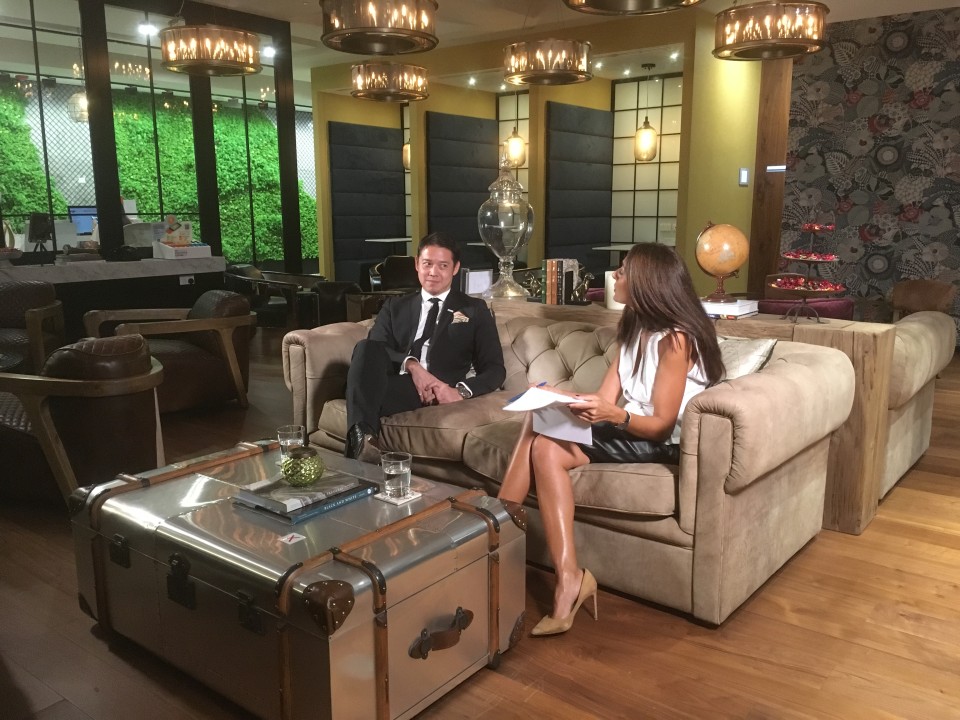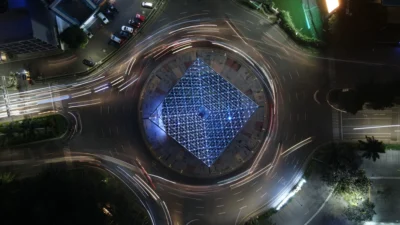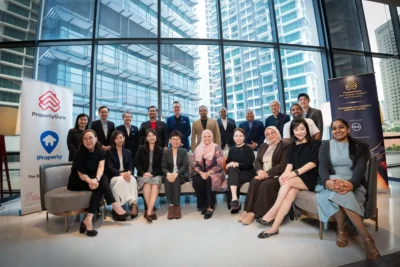The ghost of ‘reasonable design skill’
Prof. Jason Pomeroy shares memories from his college days and a fateful comment by a tutor

“Reasonable design skill.”
Was my tutor deliberately trying to give me the blandest reference possible for my first job? Clearly, I was not amazing. Clearly, everyone else was – clones of their tutors who pushed their deconstructive ideals, modernist leanings, or hi-tech wizardry; worshipping at the alters of Zaha Hadid, Alvaro Siza and Norman Foster before the term starchitect became de rigour.
What was my ‘thing’? Would I fall into the trap of becoming a clone of another architect and if so, what form would I take? Remarkably, that reference letter did get me my first job and at 21 I packed up and headed off from a temperate leafy part of London to the tropical choke of Kuala Lumpur. I would struggle through uncertainties, mysteries and doubts in a quest to find my architectural identity.
I returned 1 year later. My friends had grown fat. Some had grown beards. They spoke of 2 storey housing extensions, bars and fit-outs – not Zaha, Alvaro, or Norman. I spoke of high – density living, the tropical climate, and the thought of relaxing not just at street level but also on rooftops. Could this be my ‘thing’?
We busied ourselves for our first project of the new semester – a site in Amsterdam, which yielded a short stint in this liberal city with much to offer architectural students short on cash, but long on creativity. We returned enriched, enlivened and emboldened to display our new architectural voices.
I threw myself into the project. The ghost of ‘reasonable design skill’ often loomed over my shoulder. The antidote to my inner fear became my perpetual questioning of not just my designs, but myself. And the questions were becoming increasingly mantra-like as sketch turned to drafted lines; and the drafted lines turned to physical architectural models:
“What is the culture of both the people and the place? How does the building respond to its climate? What technologies will enhance both the buildings’ and people’s performance? How are the lives of the people living, working and playing in the building enhanced? What methods can be used to optimize speed of construction and save money? How can vertical stacked social spaces provide a means of recreation and delight?”
I dreaded the day of the presentation. I dreaded even more the marks being pinned up on the board for the ceremonial public naming and shaming. I narrowed my eyes and allowed them to graze through the lower portion of the list – if my name was to be on the list at all. A slap on my back jolted me out of my daze, and the sound of ‘great job’ echoed in my head before it sunk in that my name was at the top.
Culture. Environment. Technology. Society. Economy. Space. These 6 words still form the pillars of my perpetual self-questioning that yields answers to the green cities, buildings, landscapes and interiors that my studio design today. For me, an evidence-based questioning across these 6 pillars banished the ghost of ‘reasonable design skill’; for if we do not rigorously question the pressing issues that beset our natural and built environment, how can we possibly be sure that our solutions can transform conventional spaces into resilient and sustainable places?
Recommended
6 reasons Bekasi is rising as Greater Jakarta’s next hotspot
One of Greater Jakarta’s rising stars is prospering, thanks to ample recreation and a contingent of desirable housing projects
6 developments driving Asia’s green real estate shift
Developers are being incentivised to push a green agenda into daring new realms
The Philippines’ LIMA Estate drives sustainable industrial growth
LIMA Estate models a citywide vision that uplifts workers while appealing to climate-conscious employers
Malaysia property market rebounds with foreign interest and growth
The nation’s property market is stirring to life, fuelled by foreign buyers and major infrastructure drives







